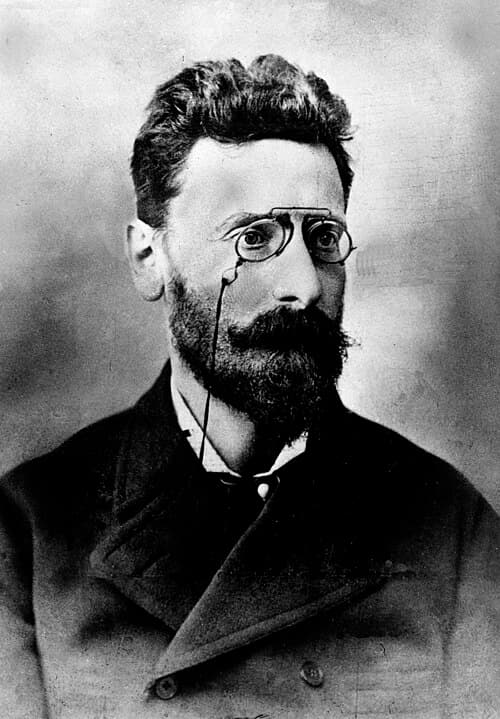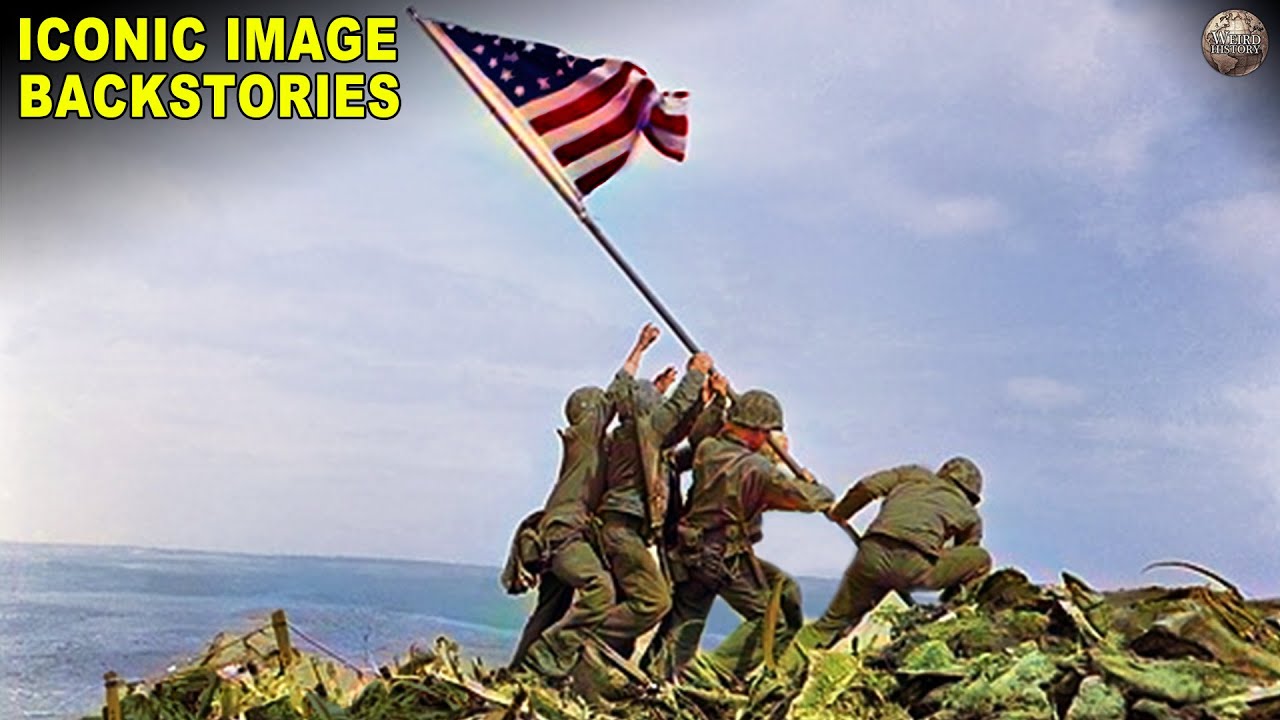Joseph Pulitzer created modern journalism
Long before there was cable news, there were newspapers, and Joseph Pulitzer was their king. A Hungarian immigrant, Pulitzer began his career as a reporter himself before buying a newspaper that he could shape with his editorial vision. Pulitzer’s papers were bold, provocative, and visually striking, setting a new standard for newspapers nationwide as they moved into the 20th century.





